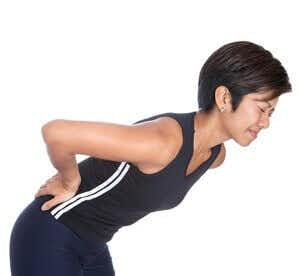
The American College of Physicians has just made some important changes in its guidelines for treating lower back pain. This condition is one of the most common reasons Americans seek medical care. The new guidelines are for back pain that started recently with no obvious cause. Such pain is limited to the back and does not radiate down the leg.
The Trouble with Drugs for Lower Back Pain:
Previous guidelines recommended pain medication as the first-line treatment. But the experts now say that there is no good evidence that acetaminophen is helpful in relieving lower back pain. Cortisone-type drugs were equally disappointing. There was insufficient evidence to recommend antidepressants, sedatives, antiseizure drugs or opioids.
Treating Back Pain Without Drugs:
The guidelines now emphasize nondrug approaches for acute lower back pain. The American College of Physicians recommends alternatives such as heat, massage, mild exercise, physical therapy, acupuncture or spinal manipulation. There is evidence that such treatments are at least somewhat effective.
Although the guidelines don’t mention yoga, some studies suggest it is helpful.
If patients request medications, the suggestion is to try a nonsteroidal anti-inflammatory drug. Although the results from clinical trials have been inconsistent for NSAID medications such as diclofenac, ibuprofen or naproxen, these drugs appear to be safer than opioids. Finding ways to reduce inappropriate opioid use might have inspired the guideline revision.
Clinicians are urged to reassure patients that low back pain usually goes away on its own.
Qaseem et al, Annals of Internal Medicine, Feb. 14, 2017
A few years ago, we interviewed Dr. David Hanscom, an orthopedic spine surgeon practicing at Swedish Neuroscience Specialists in Seattle, Washington. In the interview and in his book, Back in Control, he describes a number of effective nondrug approaches to overcoming chronic back pain.

